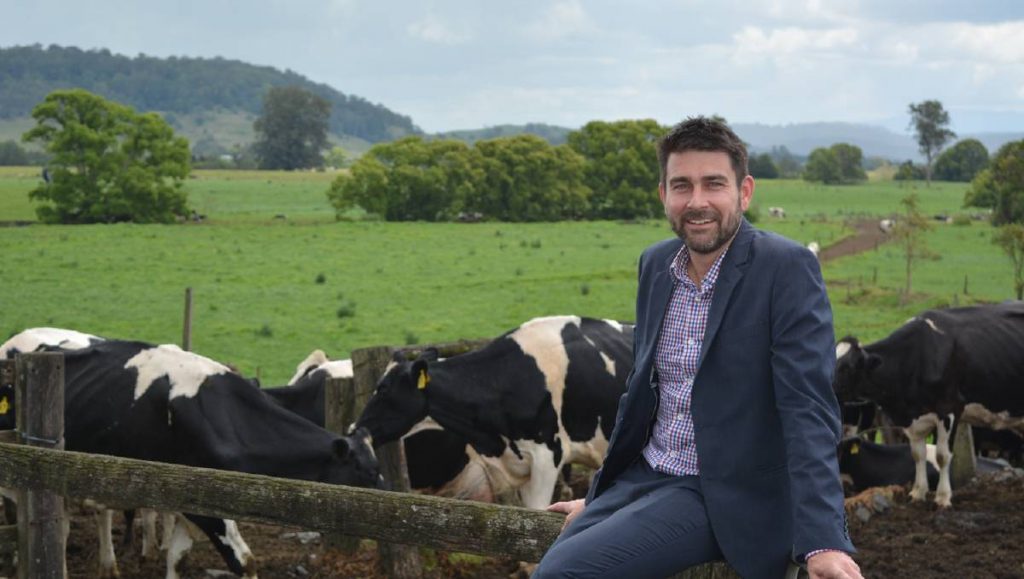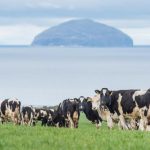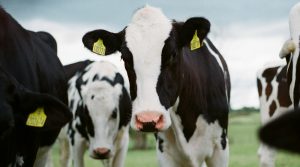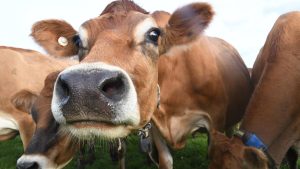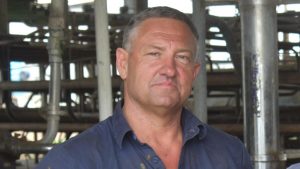
Combined with forecast good seasonal conditions and lower input prices, the bank says the dairy industry is looking to achieve profitable annual returns for the third season in a row.
In its annual Australian Dairy Seasonal Outlook – In Pursuit of History, Rabobank says the Australian dairy industry has weathered the “severe global storm” and emerged in good shape.
Using the Australian Dairy Plan target – at $1.50 EBIT (earnings before interest and tax)/kg MS – as the profitability measure, the report says Victorian farmer margins exceeded industry targets in 2019/20 and are expected to again in 2020/21.
Things are on track for a similarly strong result in 2021/22 in the majority of dairying regions in Australia.
Rabobank senior dairy analyst Michael Harvey said “if successful, it would be the first time since benchmarking began in 2006/07 that three consecutive years have exceeded industry targets”.
This return to profitability was “remarkable, given the challenges the industry has had in previous seasons and that they have just come through a pandemic”.
“The elevated outlook for the milk price is key to profitability but also favourable seasonal conditions and livestock trading conditions,” he said.
The bank is forecasting an indicative weighted average farmgate milk price in the southern export region of AUD6.65/kg MS.
“Price signals ahead of the 2021/22 season remain favourable, with the upside and downside risks to the global outlook more balanced then they were this time last year,” Mr Harvey said.
“That said, while the pandemic-related uncertainty has subsided, it has certainly not disappeared.”
Global freight and logistical challenges, which are complicating the outlook and market dynamics, are set to recede by mid-2021.
But Chinese import demand, which has been robust, looks set to soften in the second half of the year.
“This should see the global dairy commodity market near its peak when the 2021/22 season gets underway, however it should be a soft landing as global milk supply growth remains moderate, demand dynamics look set to improve and manageable inventory levels are held across supply chains,” he said.
Mr Harvey cautioned that while the global outlook was favourable, there were some downside risks associated with Chinese buying behaviour – in terms of potential trade disruptions and inventory levels – or if there was a renewed wave of COVID-19 infections in key markets before widespread vaccination occurs.
Trading conditions to support farmgate margins
The report says Australian dairy farmers are looking at a very favourable supply of home-grown feed in the 2021/22 season while improved water availability will give irrigators increased flexibility as they plan for the season ahead.
Livestock trading conditions are also expected to remain buoyant with cull cow prices forecast to continue to trade above the long-term average – stabilising non-milk income – while the livestock export sector, for dairy heifers into China, is set to continue at pace for the next three years or more.
Mr Harvey said given the stable milk price outlook, feed prices might pose the key risk to farmers’ margins ahead of the new season.
While another big local winter grain crop was anticipated, following the good autumn break, there was upside risk to the local price outlook with weather-related production issues in offshore markets, robust global demand and low stocks in key regions.
“The global fertiliser price spike is also a watching brief, as the global market has been hit by a demand-led rally, exacerbated further by some short-term supply issues.” he said.
“While prices are expected to peak by mid-year, dairy farm businesses will need to budget for a lift in fertiliser spend.”
Milk supply outlook
Mr Harvey said sustained profitability of the Australian farmgate sector would flow through to milk production, with signs of recovery evident in the current season despite some hurdles.
In 2021/22, Rabobank is forecasting Australian milk production to expand by 1.3 per cent to 8.8 billion litres, with Tasmania to lead this growth.
“That said, yield improvement will be the key driver across the sector as herd constrains remain,” he said.
“And with the cautious response to rebuilding the low national herd, it could constrain production in the short to more medium-term.”
